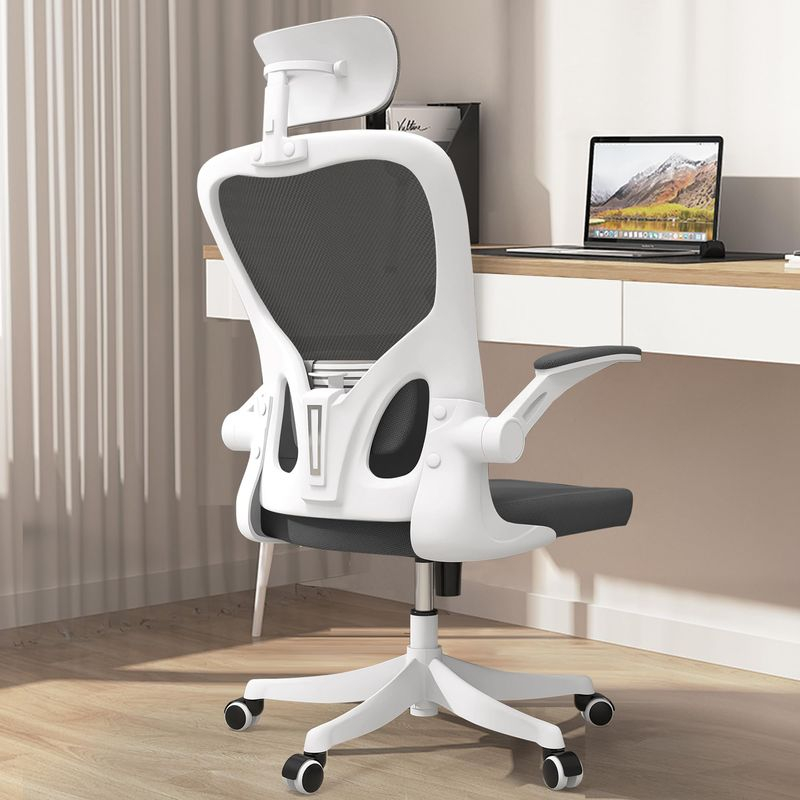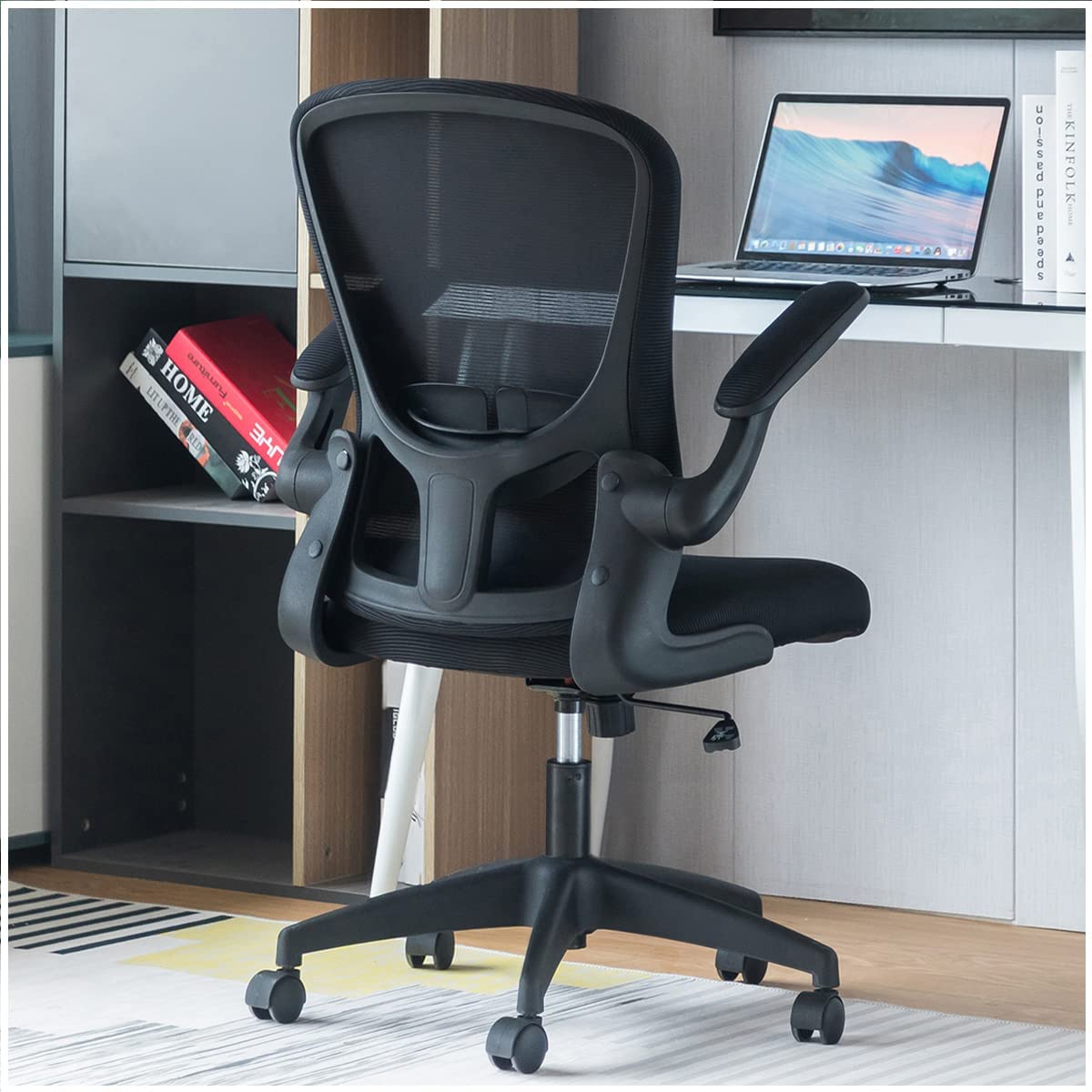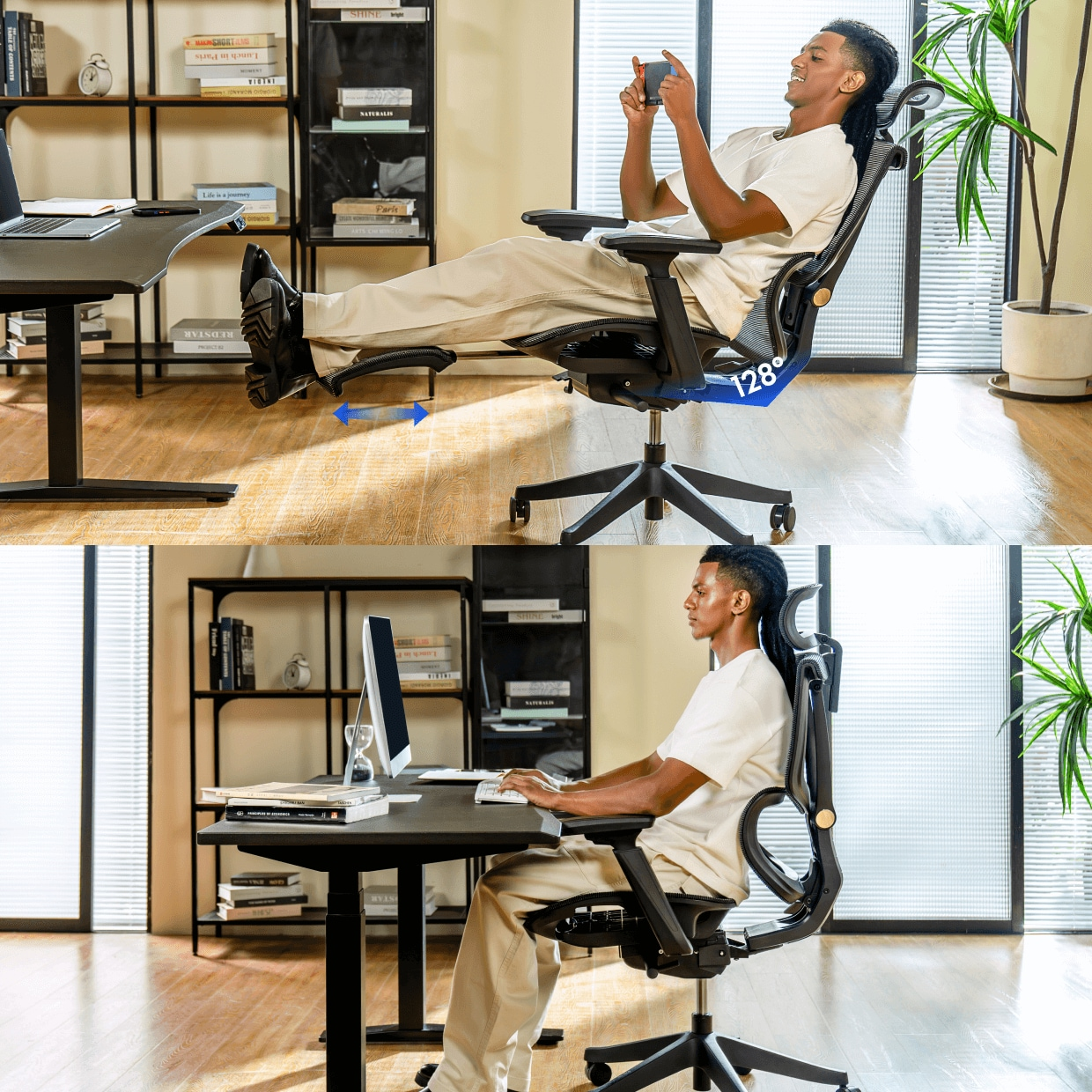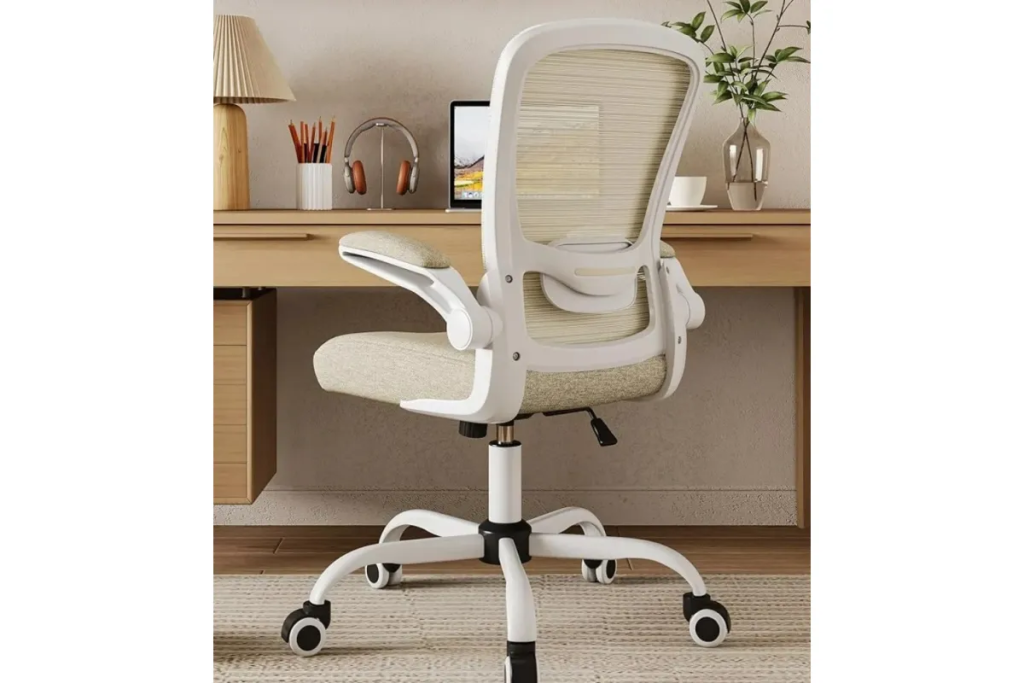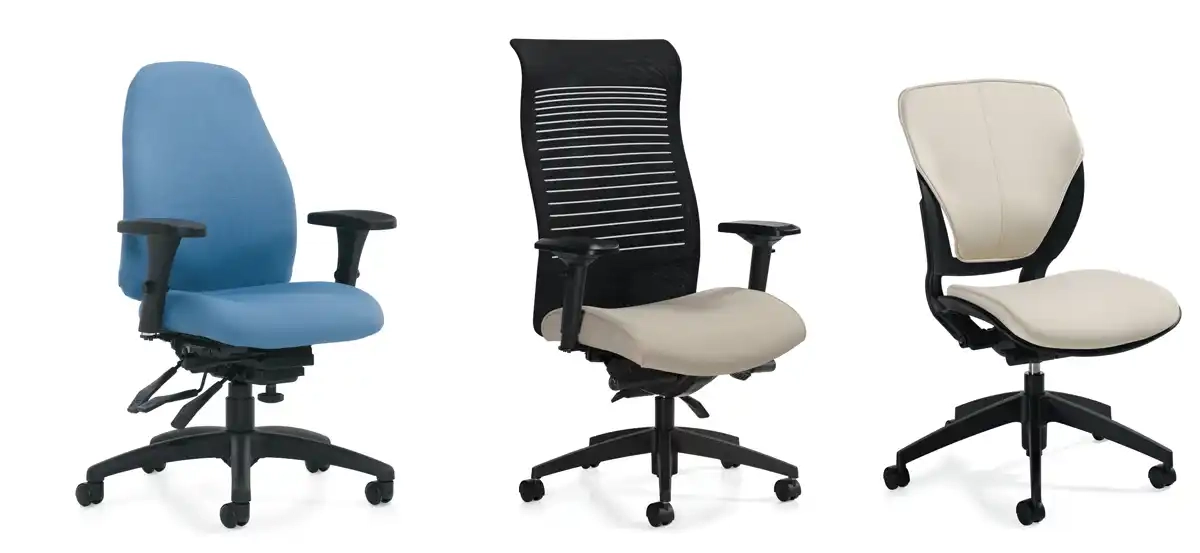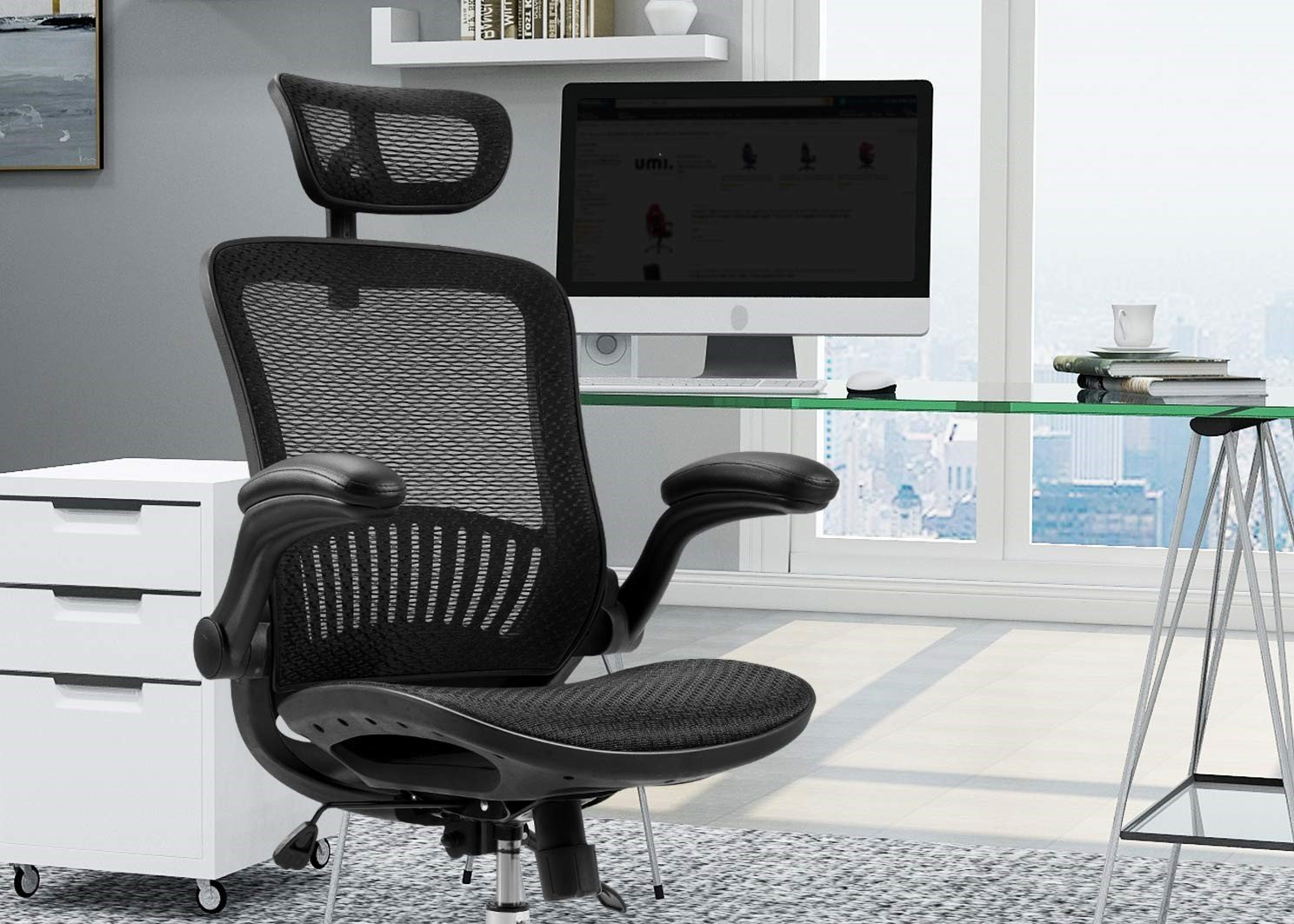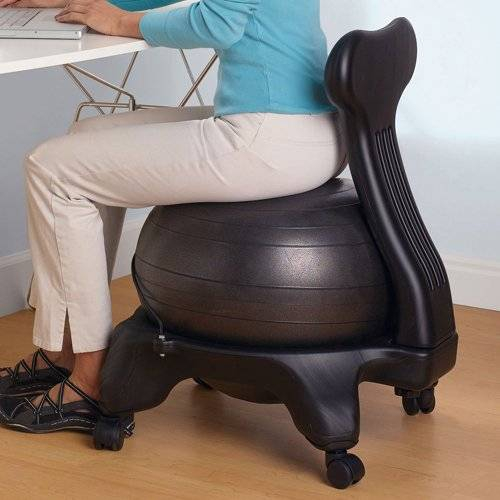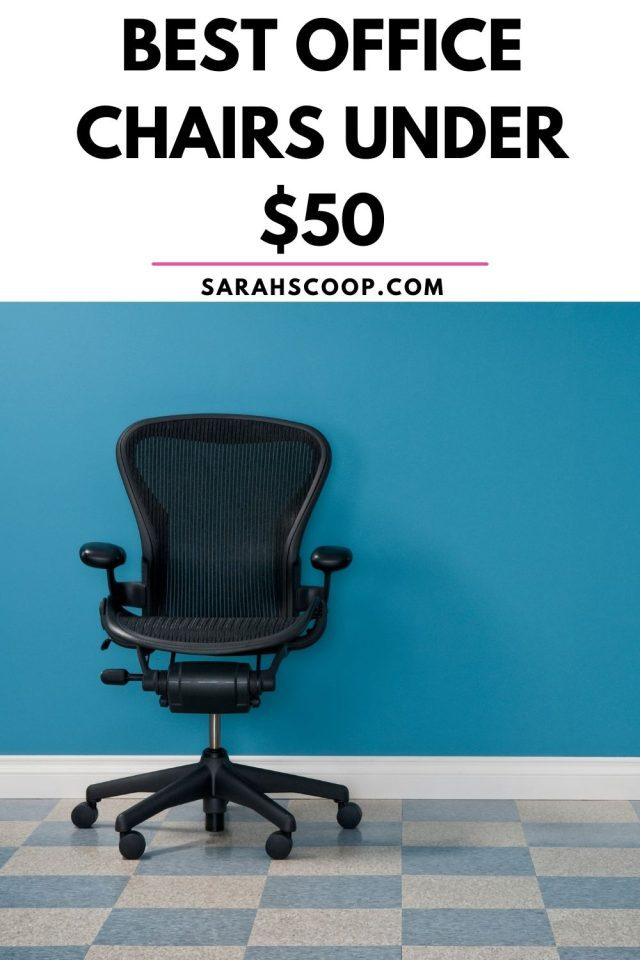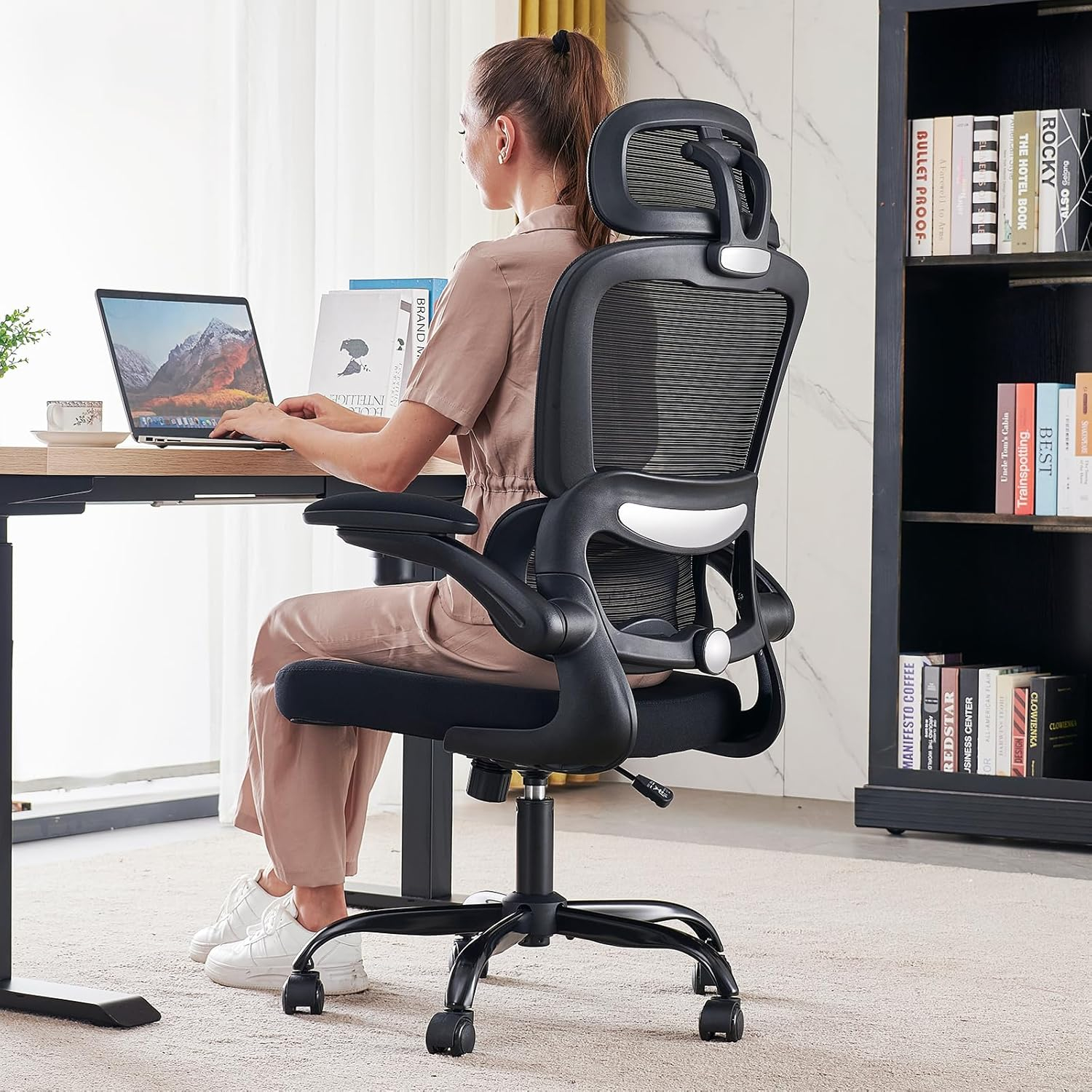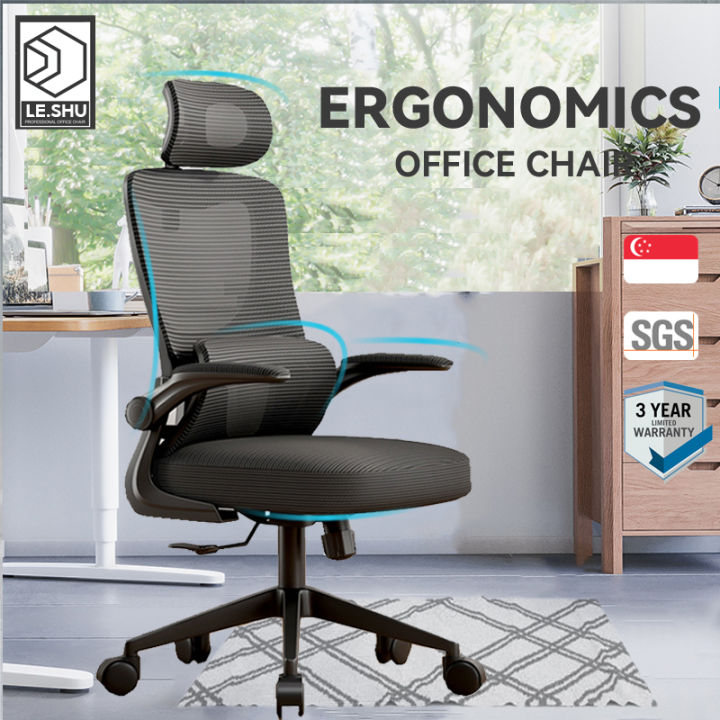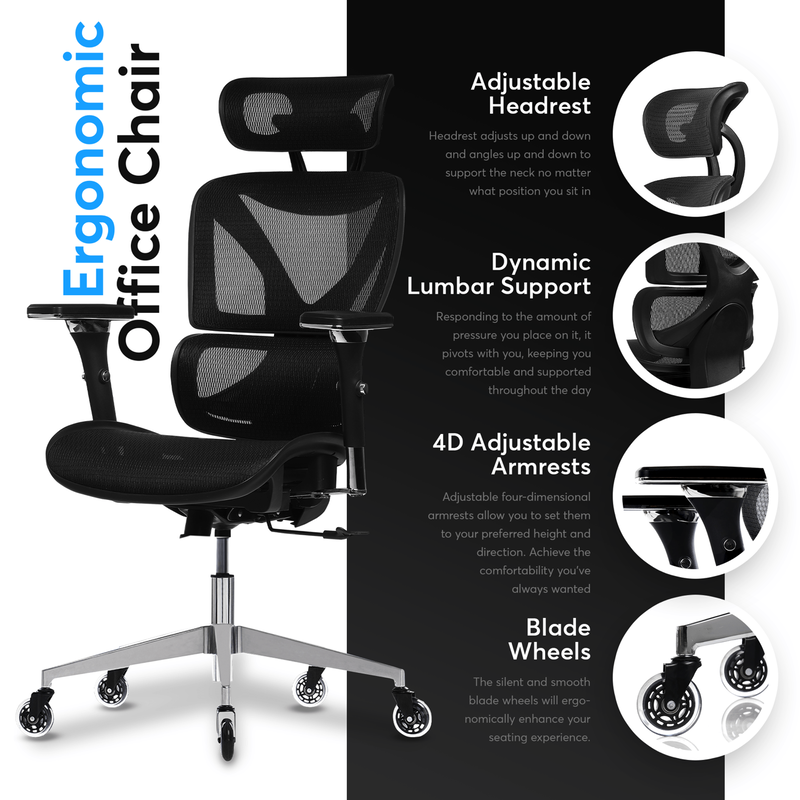We spend a huge chunk of our lives in office chairs, right? Whether you’re working from home, in a bustling office, or just need a comfy spot for your hobbies, the chair you pick makes a massive difference. But let’s be real, sometimes the best chairs come with a price tag that makes your wallet weep. Don’t despair! Finding a fantastic, supportive chair doesn’t have to cost a fortune. This guide is all about helping you snag that perfect seat without emptying your savings account. We’ll explore what truly matters in an office chair and how to spot quality deals among the sea of options.
Think about it: hours upon hours spent sitting. If your chair isn’t up to snuff, your back, neck, and even your mood can suffer. A good office chair isn’t just about comfort; it’s about promoting good posture, reducing strain, and ultimately, boosting your productivity and well-being. We’re talking about preventing those nagging aches and pains that can creep up after a long day. But the good news is, you don’t need to invest in a chair that costs more than your rent to get these benefits. There are plenty of brilliant, affordable options out there just waiting to be discovered. Let’s dive in and find yours.
The Ergonomic Essentials: What to Look For
When you’re on the hunt for a budget-friendly chair, it’s easy to get sidetracked by flashy features or trendy designs. But let’s keep our eyes on the prize: ergonomics. This is basically the science of making things comfortable and efficient for your body. So, what should you prioritize?
- Adjustable Lumbar Support: This is crucial for supporting the natural curve of your lower back. Some chairs have a fixed curve, while others let you adjust the height and depth. Even a simple, built-in curve can be a lifesaver if it fits your back well.
- Seat Height Adjustment: You need to be able to adjust the chair so your feet are flat on the floor and your knees are at about a 90-degree angle. This is a non-negotiable feature for proper posture.
- Armrest Adjustability: Ideally, armrests should be adjustable in height and width so your shoulders can relax. If adjustable ones are out of your budget, look for chairs where the armrests are at a comfortable height when the seat is set correctly for you.
- Seat Depth: Your thighs should be supported, with a few inches between the edge of the seat and the back of your knees. Some chairs offer adjustable seat depth, which is a great bonus.
- Swivel and Tilt: A chair that swivels allows you to reach things easily without straining. A tilt mechanism lets you recline slightly, which can relieve pressure on your spine. Look for a chair that tilts smoothly and locks in place if needed.
- Breathable Material: Mesh backs are fantastic for keeping you cool, especially during warmer months or if you tend to run hot. Fabric is also a good option, but avoid materials that trap heat.
Navigating the Price Points: Where the Deals Are
The term ‘budget-friendly’ can mean different things to different people, but generally, we’re talking about chairs that won’t break the bank – think under $200, maybe even under $100 for some fantastic finds. So, where do you find these gems?
- Online Retail Giants: Websites like Amazon, Walmart, and Wayfair have an enormous selection. The key here is to filter by price and read reviews religiously. Look for chairs with a high volume of positive feedback, especially comments that mention comfort and durability. Don’t be afraid of lesser-known brands if the reviews are solid.
- Office Supply Stores: Stores like Staples or Office Depot often have sales and clearance sections. It’s also a great place to try chairs out in person before buying, which is a huge advantage.
- Used and Refurbished Options: This is where you can score some serious bargains. Check out:
- Local Classifieds/Marketplaces: Think Craigslist, Facebook Marketplace, or Gumtree. People often sell perfectly good office chairs when they move or upgrade.
- Office Furniture Liquidators: These businesses specialize in selling used office furniture from companies that are closing or re-locating. You can sometimes find high-end, ergonomic chairs at a fraction of their original cost.
- Refurbished Retailers: Some companies specifically refurbish quality office chairs, meaning they’ve been cleaned, repaired, and tested. This is a great way to get a premium chair with some reassurance.
Remember to inspect used chairs carefully for wear and tear, especially on the casters, gas lift, and fabric.
Decoding Reviews: Your Best Friend in the Digital Age
When you can’t try a chair in person, reviews are your most valuable tool. But how do you sift through them effectively?
- Look for Specifics: Vague comments like ‘it’s okay’ aren’t helpful. Seek out reviews that mention specific features, like ‘the lumbar support really helped my back pain’ or ‘the seat is a bit firm after a few hours.’
- Consider the Reviewer’s Use: Is the reviewer using the chair for 8 hours a day, or just a couple of hours a week? Their experience might be different from yours.
- Watch for Patterns: If multiple people complain about the same issue (e.g., squeaking armrests, a wobbly base), it’s a red flag. Conversely, consistent praise for a particular feature is a good sign.
- Be Wary of Overly Positive Reviews: Sometimes, especially with cheaper chairs, reviews can be overly enthusiastic, which might indicate they aren’t genuine. Look for a balanced perspective.
- Check the Date: Older reviews might not reflect changes in manufacturing or quality.
The ‘Try Before You Buy’ Advantage
If possible, always try to test a chair before you commit. Even a few minutes can tell you a lot.
- Sit for a While: Don’t just perch on it. Sit down, adjust the height, lean back, test the armrests. Imagine yourself sitting there for a few hours.
- Check for Stability: Does the chair feel sturdy? Does it wobble when you lean to the side?
- Feel the Padding: Is the seat cushioning comfortable but supportive, or does it feel like you’ll sink straight to the bottom? Is the backrest providing good support?
- Test the Adjustments: Make sure all the levers and knobs work smoothly and securely. Can you easily adjust the height and tilt?
Visiting a physical store, even if you plan to buy online later to save money, can give you invaluable insights into what you like and dislike in a chair.
Common Pitfalls to Avoid
It’s easy to make a mistake when shopping for office chairs, especially on a budget. Here are a few common traps:
- Ignoring Lumbar Support: A chair that looks nice but lacks proper lumbar support is a recipe for back pain. Don’t compromise on this.
- Chairs with No Adjustability: A fixed-height chair or one with non-adjustable armrests might not fit your body’s unique needs, leading to discomfort and poor posture.
- Overly Firm or Soft Seats: A seat that’s too hard can be uncomfortable, while one that’s too soft offers no support and can cause you to sink, slouching your spine.
- Cheap Materials That Don’t Last: Sometimes, the cheapest option uses flimsy materials that will break or wear out quickly, costing you more in the long run.
- Buying Solely on Aesthetics: While a chair that matches your decor is nice, it should never come at the expense of comfort and support.
Maintenance and Longevity Tips
Once you’ve found your perfect budget-friendly chair, taking care of it will help it last longer.
- Regular Cleaning: Vacuum the upholstery regularly to remove dust and debris. Wipe down plastic and metal parts with a damp cloth.
- Check for Loose Parts: Periodically ensure that screws and bolts are tight, especially on the base and armrests.
- Don’t Overload: Be mindful of the chair’s weight capacity. Exceeding it can damage the gas lift or base.
- Lubricate Moving Parts: If you notice any squeaking or stiffness in the tilt or swivel mechanism, a small amount of lubricant might help.
- Protect Your Floor: If your chair has casters, consider a floor mat, especially if you have hardwood or laminate flooring, to prevent scratches and wear.
Finding a great office chair on a budget is absolutely doable. It just requires a little research, a focus on ergonomic essentials, and a willingness to explore different avenues, including used and refurbished options. Remember, investing in a comfortable and supportive seat is an investment in your own health and productivity. Don’t settle for discomfort. Take the time to find a chair that fits your body and your budget, and you’ll thank yourself for it every single day. Happy chair hunting!

